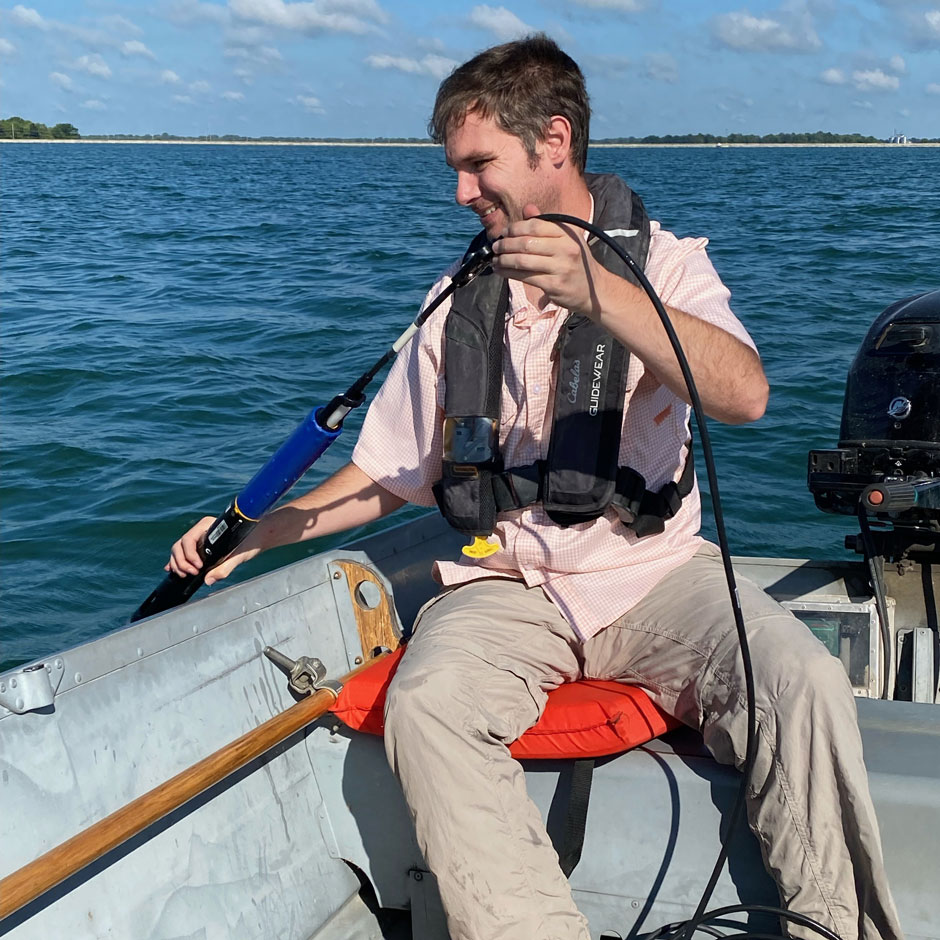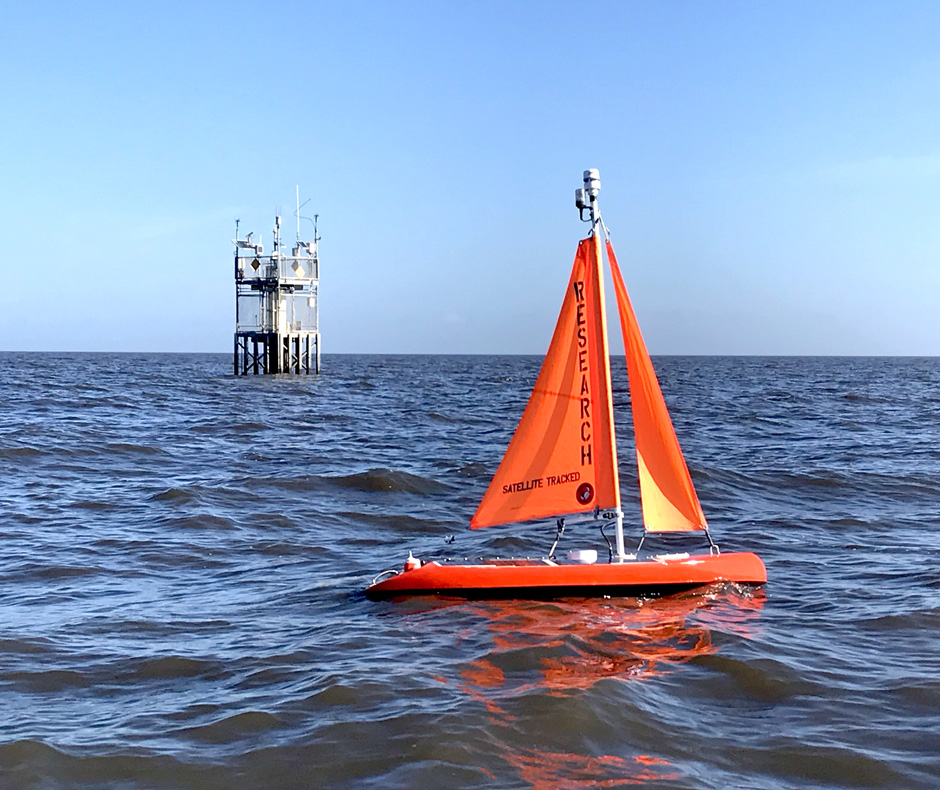Posts for tag "real-time data"
Lancaster County Makes the Switch to Real-Time Water Quality Monitoring Systems
Continuous data collection in Lancaster County, Pennsylvania, started about 5 years ago, and the county will be making a major upgrade over the next year—switching from relying solely on the internal storage of water quality sondes to...
- Posted March 3, 2025
Monitoring OAE Efforts in Halifax: Fighting Climate Change with Emerging mCDR Strategies
Marine carbon dioxide (CO2) removal (mCDR) is an emerging strategy that aims to fight climate change by taking advantage of the carbon capture potential of our oceans. There are multiple types of mCDR approaches being evaluated globally,...
- Posted December 23, 2024
Cal Poly, San Luis Obispo Manages Monitoring Efforts in Morro Bay
California Polytechnic State University, San Luis Obispo (Cal Poly, SLO), has been monitoring Morro Bay for decades, and while the monitoring program has changed over the years, the dedication to monitoring the bay has remained the same....
- Posted November 18, 2024
Cross-Border Sewage Contaminated Flows: Monitoring the Tijuana River
The Tijuana River runs across the US-Mexico boundary, flowing into and throughout southern California, carrying with it nutrients and contaminants throughout the estuary. In recent decades, the flows have been heavily polluted with untreated sewage from the...
- Posted November 4, 2024
It’s a Buoy! Highlighting the New NexSens XB-200 Data Buoy
As scientists seek to better understand aquatic ecosystems, utilizing small data buoys to monitor offshore and cover more water is becoming commonplace. The new NexSens Technology XB-200 data buoy was designed for inland and coastal monitoring applications....
- Posted August 26, 2024
Stone Lab: Cyanobacteria Monitoring in Ohio Lakes
Microcystin, one of several toxins produced by the cyanobacteria that form harmful algal blooms (HABs), has become a popular topic of lake research as the human health impacts of HABs become better understood. Stone Lab is one...
- Posted July 22, 2024
Building Reliable Systems: Hydroelectric Dam Monitoring in Western Pennsylvania
Hydroelectric dams are a source of renewable energy, and many have taken the place of fossil fuel reliance across the United States. While they provide green energy to the grid, they also impact the environment above and...
- Posted November 27, 2023
From the Tap: Source Water Monitoring for Public Health
In regions with historically secure access to clean drinking water, few think about the work that goes into ensuring that the water they fill their cups with is safe. In reality, millions of dollars are invested in...
- Posted September 18, 2023
Lake Superior Algal Blooms Surprise, Highlight Need for More Monitoring
Algal blooms showed up unexpectedly in Lake Superior. Researchers pieced together their cause and are on the lookout for future blooms.
- Posted October 21, 2020
Measuring Rising Floodwaters with the USGS
Seeing the work of the USGS during flood season highlights the value of long-term monitoring and stream gauge data.
- Posted September 10, 2019
Wireless Mesh Environmental Sensing Network System Tested
Recent testing of a wireless mesh environmental sensing network system offers scalability and convenience to field scientists.
- Posted August 28, 2019
Solar and Wind-Powered, Algae Tracking Boat Trialed in Florida
FAU scientists have trialed a new solar-powered, algae tracking boat which may help warn of impending blooms.
- Posted July 15, 2019
Coral Reef Early Warning System Buoy
The CREWS Buoy System got a new upgrade this summer, with a smaller footprint and newer technologies, to aid in its goals.
- Posted November 28, 2018
Lake Michigan’s Smarter, Streamlined Buoys
New, smarter buoys were deployed on Lake Michigan this summer, so EM spoke to an engineer who helped design them and a scientist using their data.
- Posted November 5, 2018
















